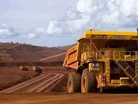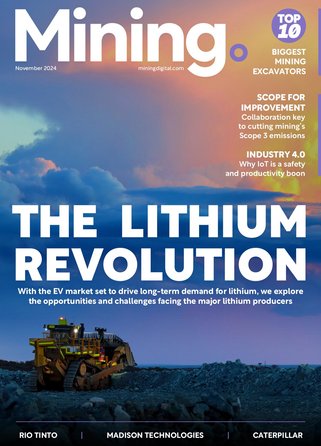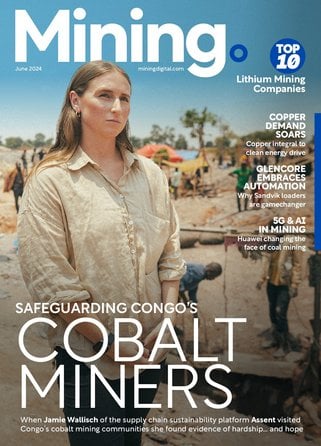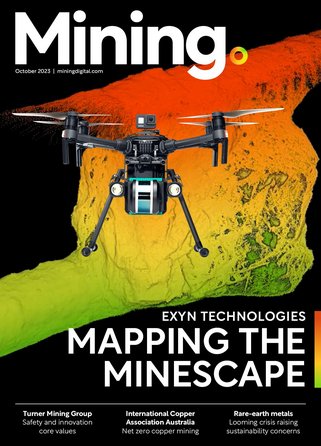Rio Tinto aims to cut costs by $1 billion but how?

Frugality is the name of the game in the mining industry right now and Rio Tinto is pulling out all the stops. The miner recently announced it was increasing its target savings from $750 million to $1 billion in 2015, having already carved out $600 million in the June half.
“A continued focus on financial and operating discipline delivered first half cost savings of $641 million, representing 85 percent of our original full year target, which we have now increased to $1.0 billion,” said Rio Tinto’s chief executive Sam Walsh.
• Related content: Rio Tinto: More Cost-Cutting for Iron Ore Division
Rio’s cost cutting drive includes a wide range of micro initiatives, some of which are currently being implemented at some iron ore sites.
According to Rio Tinto’s iron ore boss Andrew Harding, the company has started implementing a vending machine that provides safety glasses and gloves, which requires a staff access card to withdraw them.

"It's tracking and about feeling accountable for the use of the product,” Harding told the Australian Financial Review.
“There is no restriction on them – it's safety equipment. But instead of someone going 'this is unlimited, what the hell' kind of thinking, it reminds people that it's an important item, contributing to cost reductions.”
• Related content: Iron Ore: Rio Tinto Has No Plans to Slow Down
Not surprisingly, the tiny initiative has already cut use of safety equipment by roughly 15 percent to 20 percent. In addition, Rio Tinto has replaced halogen bulbs with LED illumination in street lights and haul trucks. Not only are the LED bulbs more energy efficient, requiring no maintenance, but the simple initiative will reduced energy consumption by 125,000 kwh a year.
"That saves Rio millions of dollars each year," the executive said.
Lower production costs
The unfortunate catch 22 of the mining industry is when mines get older the costs of operating them go up. The company’s iron ore division has 300 “improvement projects” on the go to assist in delivering cost reductions, according to Harding.
"We are facing pressures against cost reduction. When you set up a mine, you start by mining material [in an open cut mine] that is shallowest and closest to your processing facility, so you have the least cost of production. As the mine gets older, you get further and further away from the processing facility, so your inherent physical cost of movement goes up. All these [are] clever things we are doing, but we are competing against the life of the mine."
• Related content: Rio Tinto: Mine of the Future
While Rio plans to continue pushing staff to stay lean, running on the cost-cutting “treadmill” to retain the company’s title as the world’s lowest-cost exporter, the company says automation and new technology will continue to create savings.
"We remain committed to investing in technology, which has delivered some spectacular results and provides a competitive advantage in lowering costs and delivering productivity improvements. Our highly sophisticated autonomous trucks demonstrate the value of our technology," said Walsh.
Stay connected! Follow us on Twitter and like us on Facebook
- Sustainability at Heart of Sandvik's 2030 StrategyTechnology
- Brightstar, Eldridge and Claure acquire AusencoSupply Chain & Operations
- First Quantum contracts with MECS to cut emissionsSupply Chain & Operations
- Tin production at Andrada Mining reaches record levelsSupply Chain & Operations



